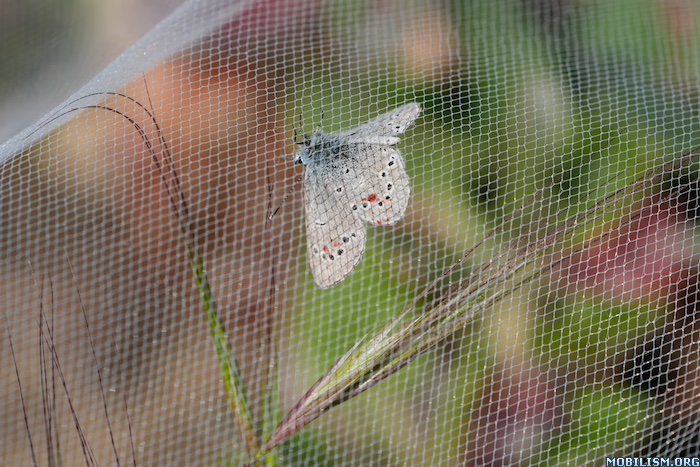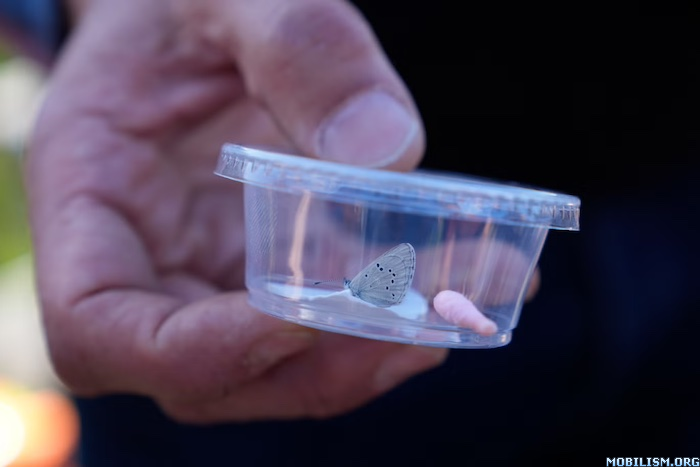Man Takes Wife's Business Class Upgrade and Leaves Her to Sit by Herself During Start of Their Honeymoon
The man's wife wrote on Reddit that he suffers from travel-related anxiety and she was hurt when he ditched her at the start of their vacation to Mexico

A newlywed was left furious after her husband took her business class upgrade and left her to sit alone during the start of their honeymoon.
A Reddit user, who goes by the username Wooden_Disaster9800, shared a post on the website this week, in which she detailed the experience on the "Am I the Assh--- (AITA)" forum.
According to the woman, 33, she and her husband, 30, were boarding a three-hour flight to Mexico for their honeymoon when a gate agent stopped the man to let him know that his seat had been upgraded to business class thanks to frequent flier points his wife had racked up from her travels for work.
As the woman told the agent that it was not okay that she and her husband would be split up, she claimed in her post that her husband said, "No it’s fine, I’ll go to business class."
After boarding the plane, the woman said she was seated "next to an old woman with a baby on her lap" and was annoyed at her husband, who she explained in the post gets "anxiety" when traveling.
"Within maybe 5-10 minutes of sitting there, trying to hold back tears because my husband left me alone on our flight during our honeymoon (and uses MY points for his upgrade no less), he starts to text me saying he feels anxiety over flying. I ignore the texts and stop looking at my phone," she wrote.
The woman said her husband eventually made his way to the back of the plane and brought her "half of his business class breakfast" and asked her why she was ignoring his texts.
"He [told me he] was scared and needed me to tell him it’d be okay since I am such an experienced flyer," she wrote.
After explaining to her new husband that she was frustrated that he left her behind before their honeymoon officially kicked off, the woman said he then got "angry" and told her this may have been his only chance to ever fly business class.
The man, his wife wrote, also gave her half of his meal to make up for his actions. "So I could at least be supportive of his genuine fear," she explained.
Noting that she rolled her eyes and sarcastically thanked him, the poster said her husband then went back to his seat toward the front of the plane.
"When we landed, I tried to just move on and forget about it so that we could enjoy our honeymoon, but he guilt tripped me about not comforting him via text before take-off and now I am wondering if I am being unreasonable and should have just let him enjoy his time in business class and ensure him it’d be okay," she concluded.
In the comments section, the original poster was met with praise from others who sided with her amid the couple's airplane ordeal.
"Your husband made a really questionable decision and he was essentially having to live with the consequence of the decision," one user wrote.
"He thinks flying business class is more important than spending time with you at the start of your honeymoon. His priorities aren't straight," another said.
One other commenter added: "It was selfish and childish of your husband to take the business class seat when you made it clear you wanted to sit together, it's your honeymoon after all. It's even more childish of him to need you to virtually hold his hand during the flight — if he needed that reassurance, he could have sat with you!"

The man's wife wrote on Reddit that he suffers from travel-related anxiety and she was hurt when he ditched her at the start of their vacation to Mexico

A newlywed was left furious after her husband took her business class upgrade and left her to sit alone during the start of their honeymoon.
A Reddit user, who goes by the username Wooden_Disaster9800, shared a post on the website this week, in which she detailed the experience on the "Am I the Assh--- (AITA)" forum.
According to the woman, 33, she and her husband, 30, were boarding a three-hour flight to Mexico for their honeymoon when a gate agent stopped the man to let him know that his seat had been upgraded to business class thanks to frequent flier points his wife had racked up from her travels for work.
As the woman told the agent that it was not okay that she and her husband would be split up, she claimed in her post that her husband said, "No it’s fine, I’ll go to business class."
After boarding the plane, the woman said she was seated "next to an old woman with a baby on her lap" and was annoyed at her husband, who she explained in the post gets "anxiety" when traveling.
"Within maybe 5-10 minutes of sitting there, trying to hold back tears because my husband left me alone on our flight during our honeymoon (and uses MY points for his upgrade no less), he starts to text me saying he feels anxiety over flying. I ignore the texts and stop looking at my phone," she wrote.
The woman said her husband eventually made his way to the back of the plane and brought her "half of his business class breakfast" and asked her why she was ignoring his texts.
"He [told me he] was scared and needed me to tell him it’d be okay since I am such an experienced flyer," she wrote.
After explaining to her new husband that she was frustrated that he left her behind before their honeymoon officially kicked off, the woman said he then got "angry" and told her this may have been his only chance to ever fly business class.
The man, his wife wrote, also gave her half of his meal to make up for his actions. "So I could at least be supportive of his genuine fear," she explained.
Noting that she rolled her eyes and sarcastically thanked him, the poster said her husband then went back to his seat toward the front of the plane.
"When we landed, I tried to just move on and forget about it so that we could enjoy our honeymoon, but he guilt tripped me about not comforting him via text before take-off and now I am wondering if I am being unreasonable and should have just let him enjoy his time in business class and ensure him it’d be okay," she concluded.
In the comments section, the original poster was met with praise from others who sided with her amid the couple's airplane ordeal.
"Your husband made a really questionable decision and he was essentially having to live with the consequence of the decision," one user wrote.
"He thinks flying business class is more important than spending time with you at the start of your honeymoon. His priorities aren't straight," another said.
One other commenter added: "It was selfish and childish of your husband to take the business class seat when you made it clear you wanted to sit together, it's your honeymoon after all. It's even more childish of him to need you to virtually hold his hand during the flight — if he needed that reassurance, he could have sat with you!"





































